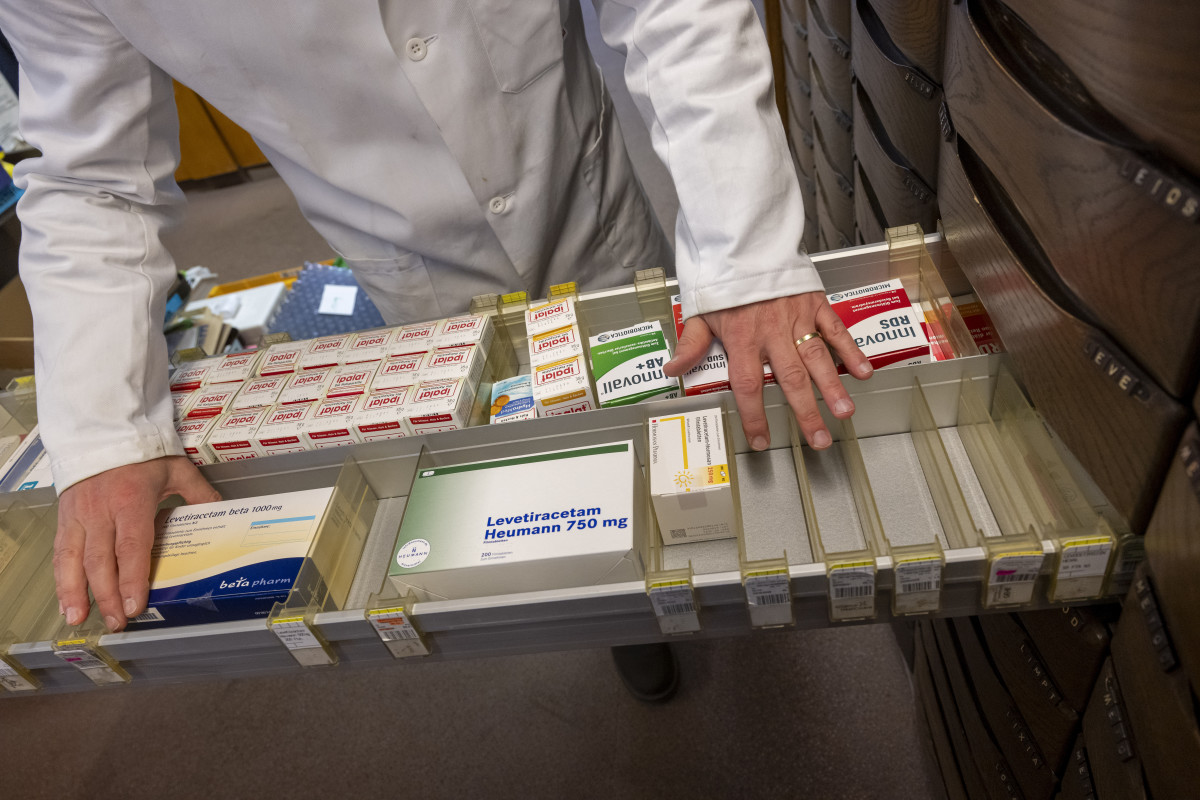Jobless rate plummets, but workers still needed
Published 6:21 am Thursday, June 9, 2022

- Many local businesses are seeking to fill job vacancies.
The Baker County YMCA needs lifeguards in order to teach swimming lessons.
Trending
The hospital, clinics, and care centers need nurses to care for patients.
Schools need teachers and support staff to educate, supervise and support students.
Industries need workers to produce the products people need and want.
Trending
The list goes on to nearly every segment of the economy, from construction and manufacturing to child care and customer service. And the shortages are evident across Oregon and the United States.
So, where have all the workers gone?
The short answer is that most have gone back to work. In fact, the Oregon Employment Department recently reported that Baker County’s seasonally adjusted unemployment rate for April was 4% — the lowest level ever recorded.
The rate for Oregon dropped to 3.7%, and the national rate is at 3.6%. Those numbers are based on a statistical analysis of data reflecting the size of the workforce and the number of employed people, said Chris Rich, an economist with the Employment Department who works in Eastern Oregon. Rich emphasized that the unemployment rate is different from the number of people receiving unemployment benefits, which has also dropped significantly.
A corresponding growth in employment adds some clarity to the situation. The number of people employed in Baker County grew from 7,028 a year ago to 7,411 in April 2022. Across Oregon, employment rose from 2,020,483 to 2,122,538.
The predicament is more complicated than many people believe. Much of the explanation begins, but doesn’t end, with the COVID-19 pandemic. Baker County’s unemployment rate hit a peak of 10.9% in April 2020 as many people left their jobs or were laid off due to outbreaks, business closures, and fear of exposure to the virus. Some found it impossible to work while caring for and homeschooling their children. Daycare, which was expensive and hard to find, also became less reliable due to the virus.
Now, with over 70% of the country fully vaccinated against COVID-19 and many people with natural immunity from prior exposure, workers are again in demand. Businesses, schools and events have returned to levels not seen since 2020. “Help Wanted” and “Now Hiring” signs and ads seem to be everywhere. To compete for workers, many employers have raised wages and benefits, offered signing bonuses, and increased recruiting efforts. Some have offered more flexible schedules or working arrangements. Others have changed business models to reduce their payrolls (reduced business hours, more self-service, etc.)
Rich points out that many of the worker shortages existed before the pandemic hit. In early 2020, unemployment rates were also hitting record lows. Now, after a two-year break, the trend in employment growth has resumed.
One complication of the economic shifts was the so-called “Great Resignation,” which applied to the unprecedented numbers of workers who voluntarily left their jobs during the past two years. A large percentage of those resigned in order to move into better jobs with better pay and working conditions. Others decided to open their own businesses or to retire. Because their departure from the work force was voluntary, they were not part of the unemployment numbers, but employers have still had to address the turnover issues in a tight labor market.
Since there is no large pool of potential workers on the sidelines, Baker County is again facing shortages that were developing before the pandemic. In addition to the pay and benefit incentives offered by employers, communities need to address other related shortages in order to attract the employees they need. Several entities have begun to do just that in Baker County with new daycare options, housing for workers and families, and training opportunities.









